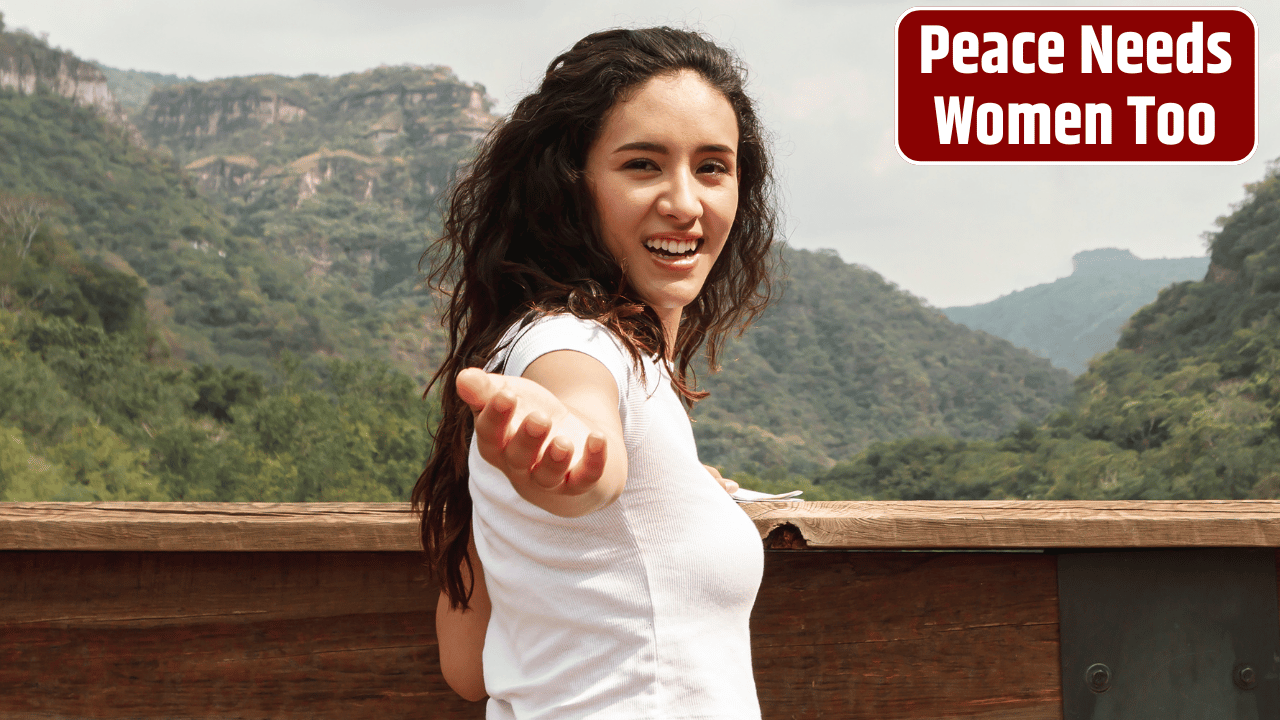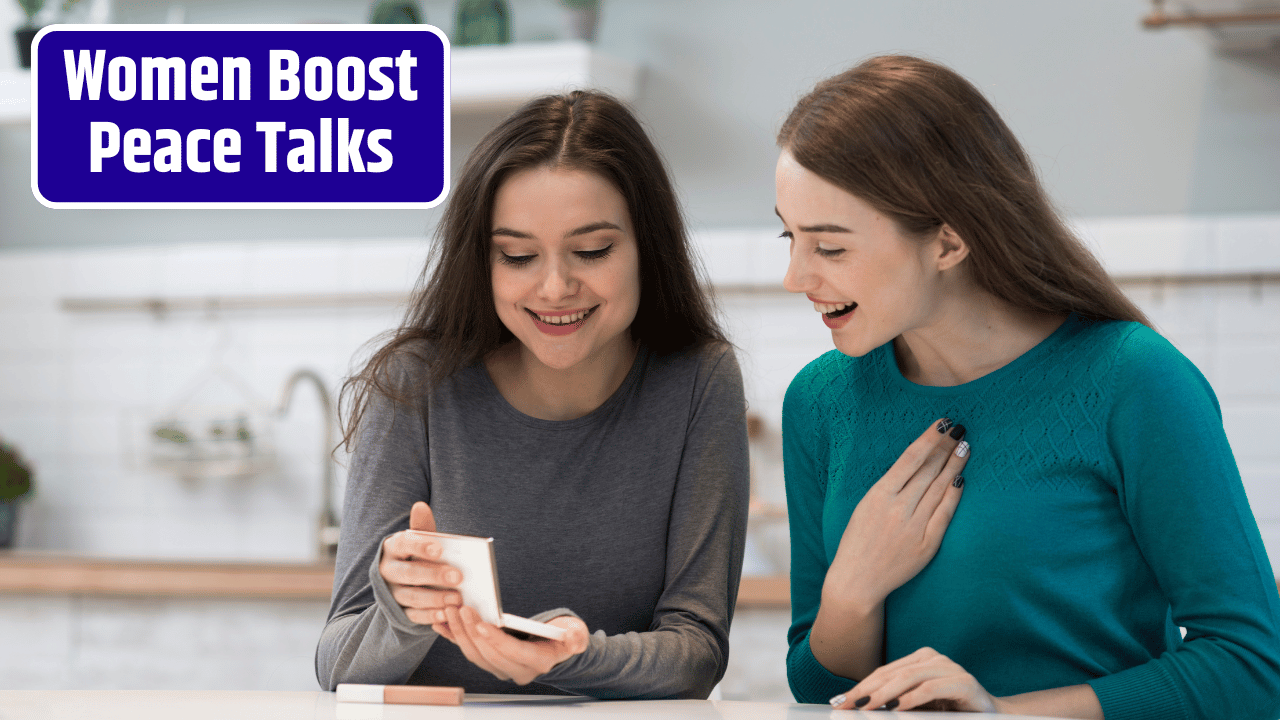It’s odd, isn’t it? We’ve got decades of evidence, mountains of policy papers, and even a couple of Nobel Peace Prizes backing the idea — yet women are still missing from most high-level peace negotiations. And not just missing… sometimes actively excluded. Which is like trying to rebuild a broken bridge while ignoring half the engineers who know how it works. The latest research just makes it clearer: when women are meaningfully involved in peace talks, deals last longer, communities recover faster, and the risk of renewed conflict plummets.
Table of Contents
Numbers That Tell a Story
A landmark UN Women review of peace processes across 31 countries found that agreements with women negotiators or signatories were 35% more likely to endure at least 15 years. This isn’t feel-good fluff — it’s a measurable strategic advantage.
Why? Because women negotiators often bring different priorities into the room: protection from sexual violence, access to education, equitable land rights, and rebuilding community services. These aren’t “side issues” — they’re the very conditions that determine whether peace actually sticks.
| Gender Inclusion in Peace Talks | Long-Term Impact |
|---|---|
| Women as lead negotiators | Higher implementation rates |
| Gender-sensitive provisions | Greater community trust |
| Women in monitoring committees | Improved accountability |
| Local women’s groups consulted | Increased post-conflict stability |
Beyond the Photo Op
Let’s be honest: sometimes the “inclusion” is nothing more than a camera-friendly gesture. A woman at the end of the table for the opening session, smiling politely, but sidelined when the bargaining turns real. This is tokenism — and it’s as ineffective as having no women at all.
That’s why frameworks like UN Security Council Resolution 1325 are vital. They go beyond headcounts, pushing for women to have genuine influence over the terms of peace agreements, not just a seat in the room.
Case Studies That Shut Down the Doubt
Colombia’s 2016 peace deal stands out. Women accounted for about 33% of the negotiators, and their input resulted in unprecedented measures: gender-specific reintegration programs, rural reforms targeting women farmers, and protections against gender-based violence. The result? A more resilient agreement that’s survived political turbulence.
Liberia’s story is even more dramatic. Women’s grassroots networks — led by Leymah Gbowee — didn’t just join the talks, they made them happen. Organizing protests, human barricades, and relentless lobbying, they pushed warlords into signing a ceasefire. No symbolic roles here; they drove the outcome.
The Cost of Exclusion
Excluding women from peace processes isn’t just unjust — it’s strategically reckless. Wars are complex, messy, and deeply rooted in community dynamics. Without women shaping the rebuilding phase, peace agreements risk becoming elite pacts that crumble when they meet reality on the ground.
Research from the Georgetown Institute for Women, Peace and Security reinforces this: countries with higher levels of gender inclusion in governance tend to have stronger, more durable post-conflict stability.
Fact Check
- The 35% longevity figure is based on UN Women’s 2015 review of 182 peace agreements between 1989–2011.
- UNSCR 1325, adopted in 2000, legally binds UN member states to include women in peace processes.
- Multiple peer-reviewed studies confirm gender-inclusive peace talks have higher implementation and lower relapse into conflict.
FAQs
What does “meaningful inclusion” mean in peace talks?
It means women not only participate but have the power to shape decisions, priorities, and agreement terms.
Is this about fairness or effectiveness?
Both, but the evidence overwhelmingly shows it’s also about making peace deals more durable.
Are there cases where women’s participation didn’t help?
Yes, when women were included only for optics, without real influence, results were no better than male-only talks.
What’s stopping greater inclusion now?
Entrenched political norms, security risks, and underfunding of women-led peace organizations.














